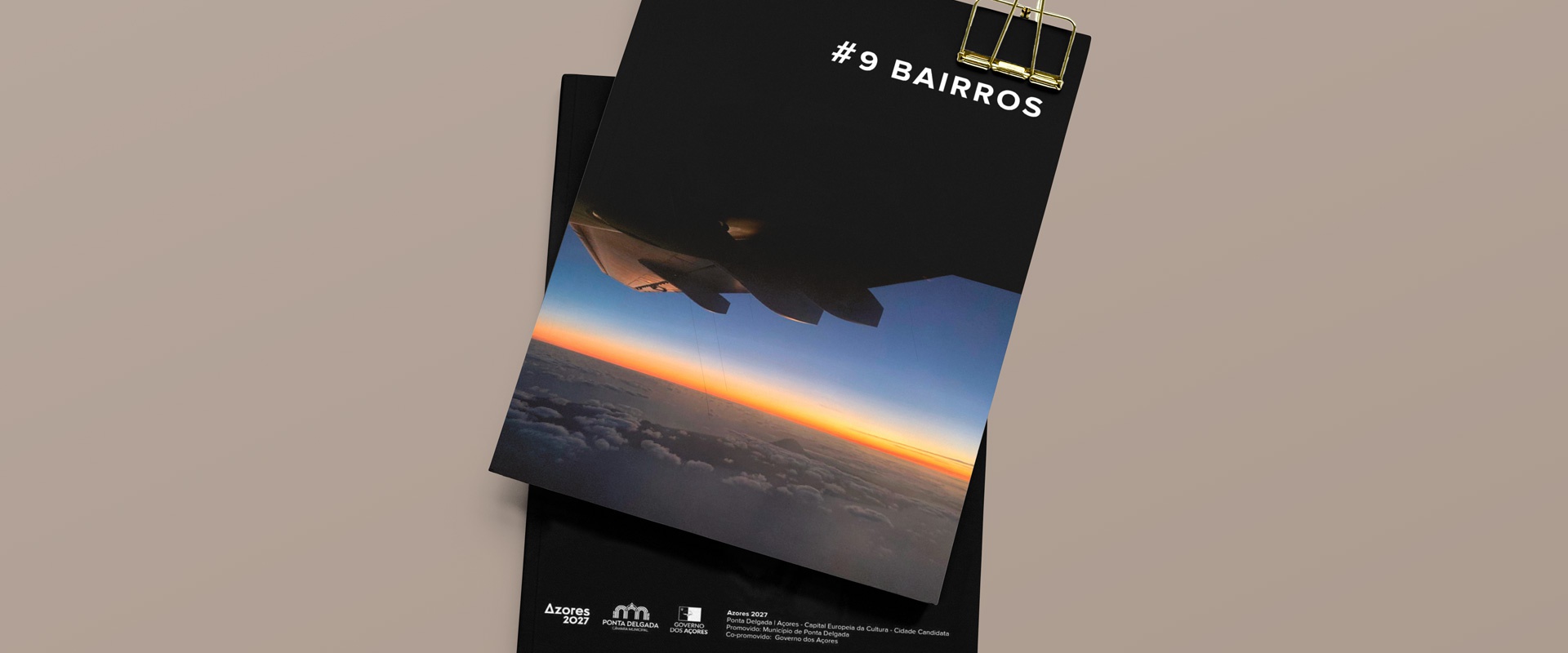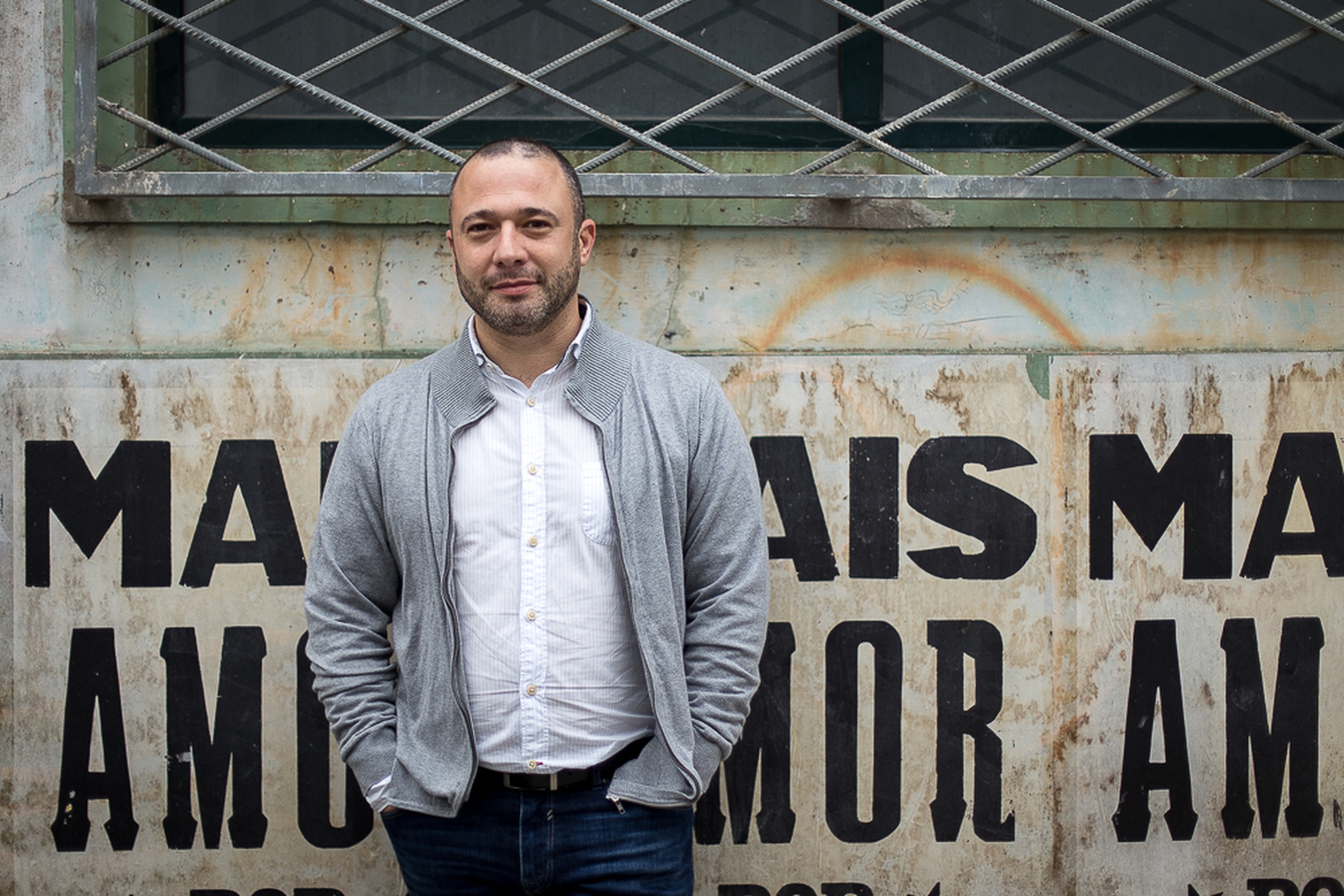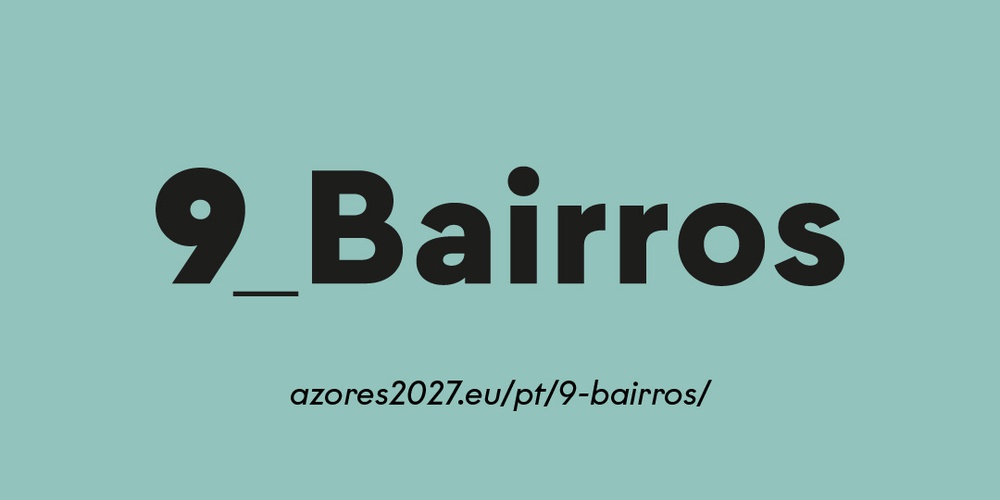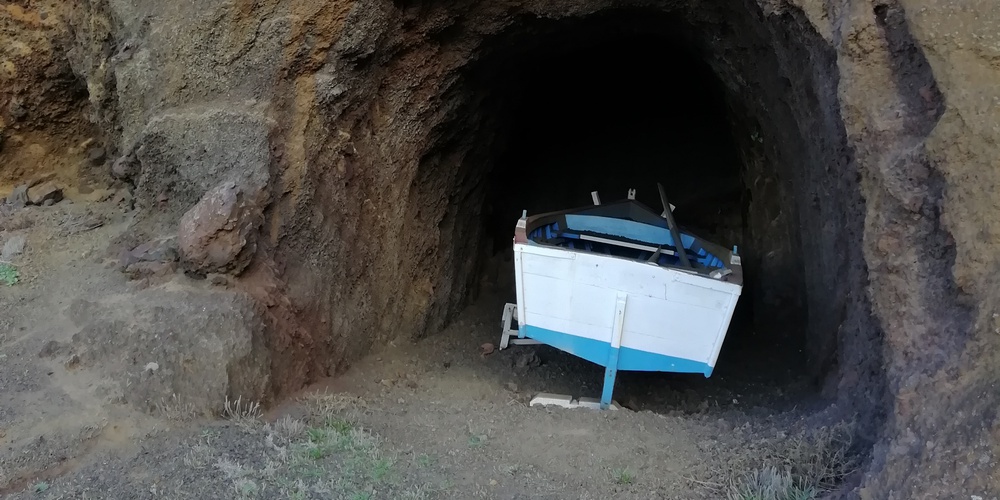
São Miguel’s Navel
Just as the green light on the traffic light came on, not even a microsecond had elapsed, an angry honking erupted behind me. It was as obstinate an outburst as if that bloodshot-eyed specimen could only communicate by Morse Code. I have a habit of disapproving of other people’s impatience – I consider myself impatient – but the day was sunny, and I had more important dilemmas to deal with than the noisy jungle my city-neighbourhood has become.
Much to everyone’s surprise, instead of driving off in a fury and with tyres smoking, the first driver in line opened the vehicle door and got on his feet. He had stiff shoulders, an upright torso and walked steadily like a panther. But his hands were relaxed, with serenity marking one step after the other. It was as if God had commissioned him to teach integrity or spread the message of wholeness. As he passed my car, I noticed the detail of his moustache overlapping his unquiet, even trembling lip, as well as the Old Spice balm he’d left around. A person who wears that kind of fragrance is prone to traditional values like the importance of a handshake in a closed deal.
While two drivers were jostling for the traffic-light king’s blessing, I watched from the rear-view mirror as the do-gooder approached the angry driver. The honker was bursting out, ‘Come on, slowcoach, we don’t have all day, you know!’ But the one with the moustache preached common sense, arguing that ‘we live on an island, we’re a dot in the middle of the sea’ – and that, even there, at the end of the street, you could see cows grazing in the peace of Our Lord and flats overlooking the cornfields. ‘What’s all this rush for, mate? Are you trying to get to the pineapple greenhouse in a hurry?’ he insisted.
Listening to that discussion brought me back to my philosophical duality of living in islands, especially in the Azores and, more specifically, in São Miguel. We strongly wish to be islanders with high quality of life, so we say: “here you can enjoy life, everything is ten minutes away, you can park your car in front of the beach, you have everything you need, you are at peace and far from war”. However, the truth is that we create our own wars, we complain that many things are missing, we are always eager to travel far away, we put traffic lights at the crossroads, and – let’s not be hypocritical – you can hardly park your car in front of the beach anymore.
I often question why, particularly in this neighbourhood of São Miguel, we live as if we were an island-mainland. We’re as busy as ants, rushing to our next appointment, late for a meeting, without time to say good morning, unavailable to our neighbours, much less family and friends waiting for that coffee - the one promised when there was still something to talk about. And as if this was not enough, we fit unnecessary errands into the mornings, afternoons, evenings, and then, in the end, we get irritated when the car commute takes more than the usual ten minutes. Sometimes, it seems to me that Micaelenses [natives or inhabitants from the island of São Miguel] want a busy life, to feel the pressure of the big city, that they long to straighten their backs before the metropolis, to compare themselves to Lisbon. But this is like creating chaos in a dolls’ house or putting a clock in a budgies’ cage: a psychosocial behaviour that is puzzling, to say the least.

When the Micaelense visits another Azorean island, he gets asked if it is his first time, if he has been there before; but he rarely asks the opposite, if they know São Miguel. He assumes that they do. In my first job, some people would say “someone called from the islands” when referring to clients “from the other islands”. We even inherited from our recent past the nickname “cold fishes”, an indicator of coldness in the relationship of otherness with fellow human beings, of indolence towards the rest of the neighbourhoods.
Let us say then, without fear, that São Miguel has a navel problem. It is not intentional, not even malicious, but it exists, and it is worth looking into it. I want to find explanations for the phenomenon; solve it once and for all as if it were the fundamental dilemma of our islandness, of our existence as islanders. To do so, I will defend the theory that the Micaelenses live on the island with the slightest sense of archipelago. We suffer from a lack of neighbourliness.
If an island is a portion of land surrounded by sea on all sides, nine islands are nine portions of land surrounded by sea on all sides. But if they are close enough to each other, we call them an archipelago. How close? Close enough that we can see them on the horizon? – I do not wish to contest the definitions of islands or archipelagos, much less to venture into the lessons of Nissology. Who am I to do that? The scholars of the "science of islands" do it much better than a fiction writer. – But let's see, in the Western and Central Groups, from every island, you can easily spot at least one other. Even Corvo, a territory so often accused of isolation, has Flores so close by. In the Central Group, you can see almost all the others, every day, at any time of the day or night, except during those thick fogs and clouded helmets – then, you can't even see your own feet. The place where I most indulge in the feeling of the archipelago is by the famous canal: Pico greeting the Faialenses [natives or inhabitants of the island of Faial] and Faial wooing the Picoenses [natives or inhabitants of the island of Pico].
So, what about this Eastern Group? What is the visual relationship or proximity? Is there the same feeling of an archipelago? From São Miguel, you can only see Santa Maria, and vice-versa, but with some difficulty. When it happens, one is astonished, one's eyes widen, one points one’s finger to the horizon, one warns one's children and one's mother-in-law: “Look, look, look, look”, but then one remains absorbed – perhaps because it’s not even a good omen for the Micaelense. As the saying goes: “When Santa Maria comes out, for the water, one must look out”.
The purists will say that, from São Miguel, you can see the Central Group, yes, but I don’t even want to explain the complexity of this feat. Just think that to spot Santa Maria, you need to be at a high altitude, and the weather must be very, very good. Depending on where you live on the island, a Micaelense can spend weeks without any sign of the neighbouring island – and there are still people who have never seen it on the horizon!
At a time when people talk about the union between Azoreans in favour of common goals, especially culture, more recently - which we well know is a Herculean mission, not only for historical, geographical, and socio-political reasons – it is worth highlighting what connects us. I’m not just referring to the TV channel, the radios and the newspapers, the university or the regional airline. It’s not enough to have people providing goods on all the islands, governors visiting them and showering them with electoral promises, literary-musical compendiums, tourist guides, and anthropological inventories. Azoreans need to see each other, feel and smell each other, kiss one another, hug one another, have sex on the beach, sing the same note, dance to the same rhythm. The same way the European project continues to be a challenge of unity in diversity between the different countries of the old continent, an archipelago like ours also represents that motto, at the proportional size of islands or neighbourhoods. Perhaps the Azores are even the best miniature to show cultural diversity to Europe as a capital of culture – as long as Santa Maria is seen more often, for the sake of the navels of São Miguel.
The traffic light was red again. The stern driver leaned back in his car seat – as if taking in the serenity of the cows grazing happy grass behind him – and the celestial being returned to his car, spreading the scent of perseverance and lacking only an aura to set him apart from ordinary mortals. When the green light came on, nobody honked. We all drove off with the calm and navel-gazing of those who live surrounded by islands on all sides.
Pedro Almeida Maia (b. 1979) is from Ponta Delgada, studied organisational psychology in Coimbra and Barcelona, worked in Ireland and returned to the Azores. He has worked in various styles, from music to poetry, from essays to screenplays. Pedro Almeida Maia has published five novels, some in the Regional Reading Plan (PRL), of which Ilha-América (2020) is his most recent. In the short story field, he contributes to the international anthology Os Dias da Peste (2021) of the PEN International association. He started in chronicles with “Pavilhão Auricular”, followed by “Cronicista” and lately “Recursos dos Humanos”, among other regular contributions.


